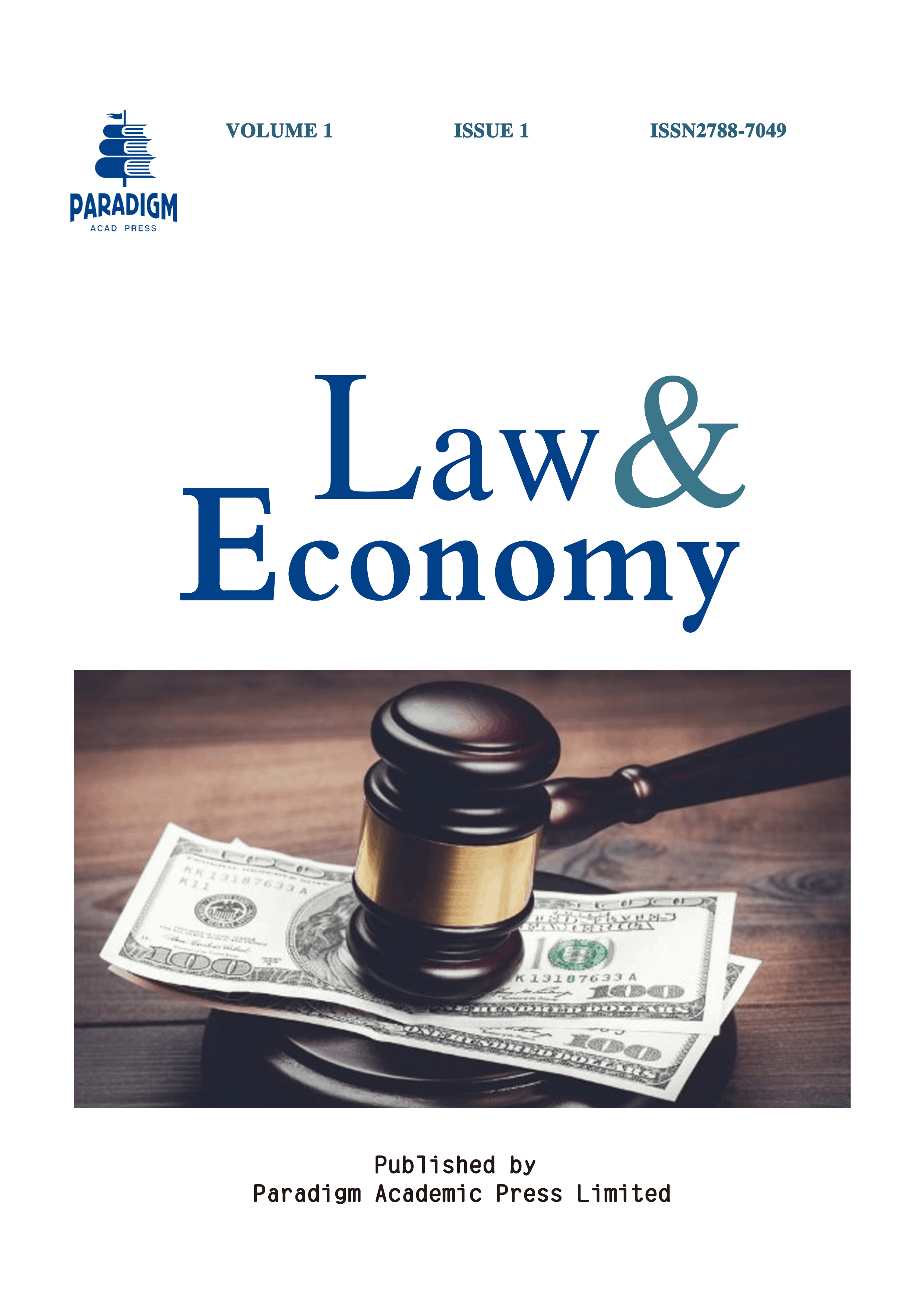Systematic Reflection and Optimization of Digital Empowerment in Procuratorial Supervision
DOI:
https://doi.org/10.63593/LE.2788-7049.2025.09.004Keywords:
digital prosecution, prosecutorial supervision, digital empowerment, social governance, Chinese-style modernizationAbstract
This study employs a holistic approach to examine the theoretical and practical dimensions of digital procuratorate, aiming to refine its foundational framework within China’s legal context. Digital empowerment has significantly advanced procuratorial work by enabling structured progress, diversifying supervision models, and innovating case-handling methodologies. Compared to traditional oversight, it enhances five key dimensions: supervision time (extended coverage), supervision modes (diversified approaches), supervision conditions (improved technical support), supervision functions (expanded scope), and supervision means (advanced tools). Despite these advancements, persistent challenges include underdeveloped digital supervision concepts, fragmented institutional systems, inadequate integration of digital tools, shortages of interdisciplinary talent, and enduring data silos. To systematically propel digital empowerment and foster the legalization, standardization, and institutionalization of digital procuratorate, this study proposes comprehensive optimization strategies: digital proactive supervision, institutional standards systems, the “Three-in-One Inspection” approach, application platforms & models, data-sharing channels, integrated work mechanisms, and interdisciplinary talent development. These recommendations aim to bridge gaps between theory and practice while aligning with China’s modernization goals for judicial and social governance.


